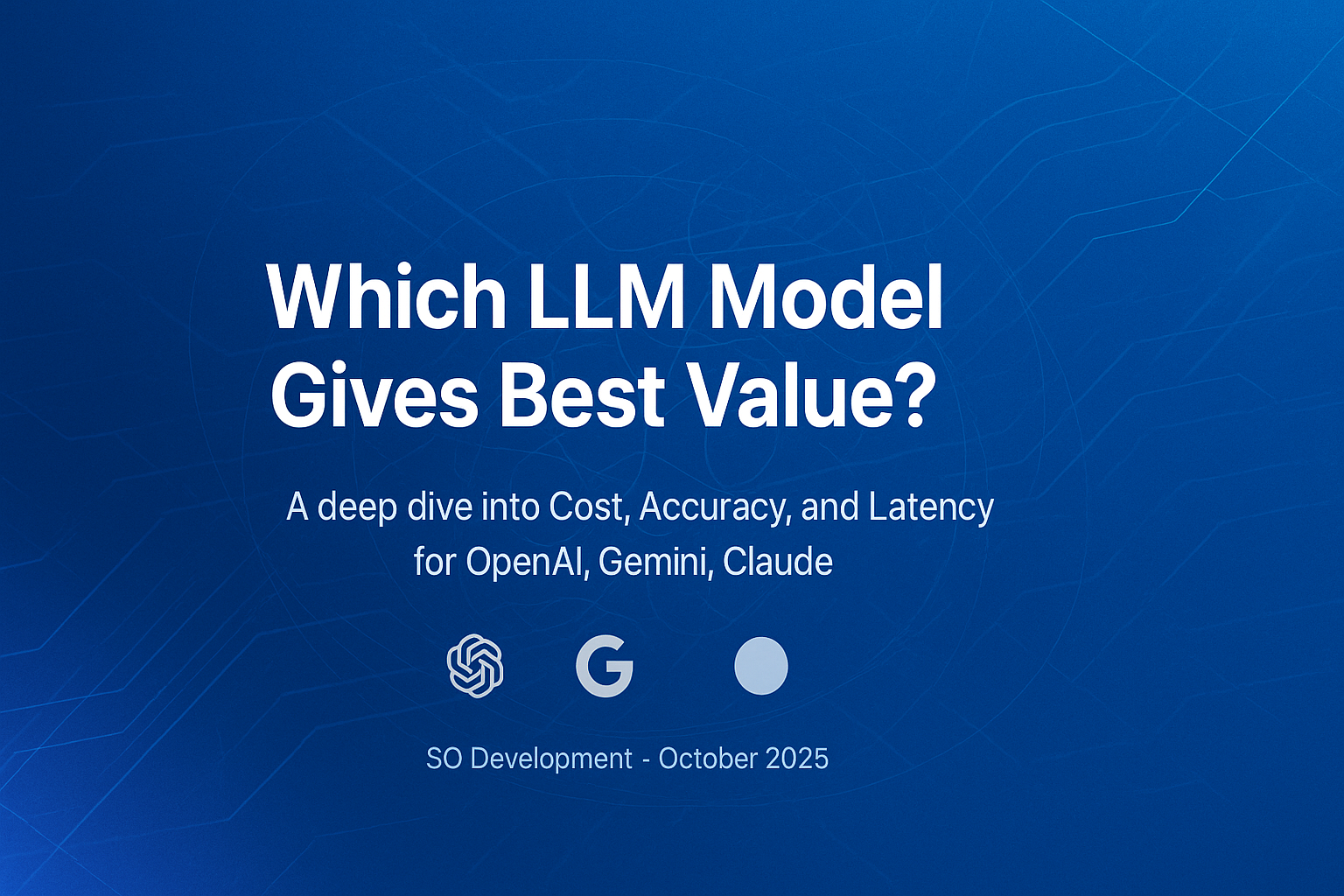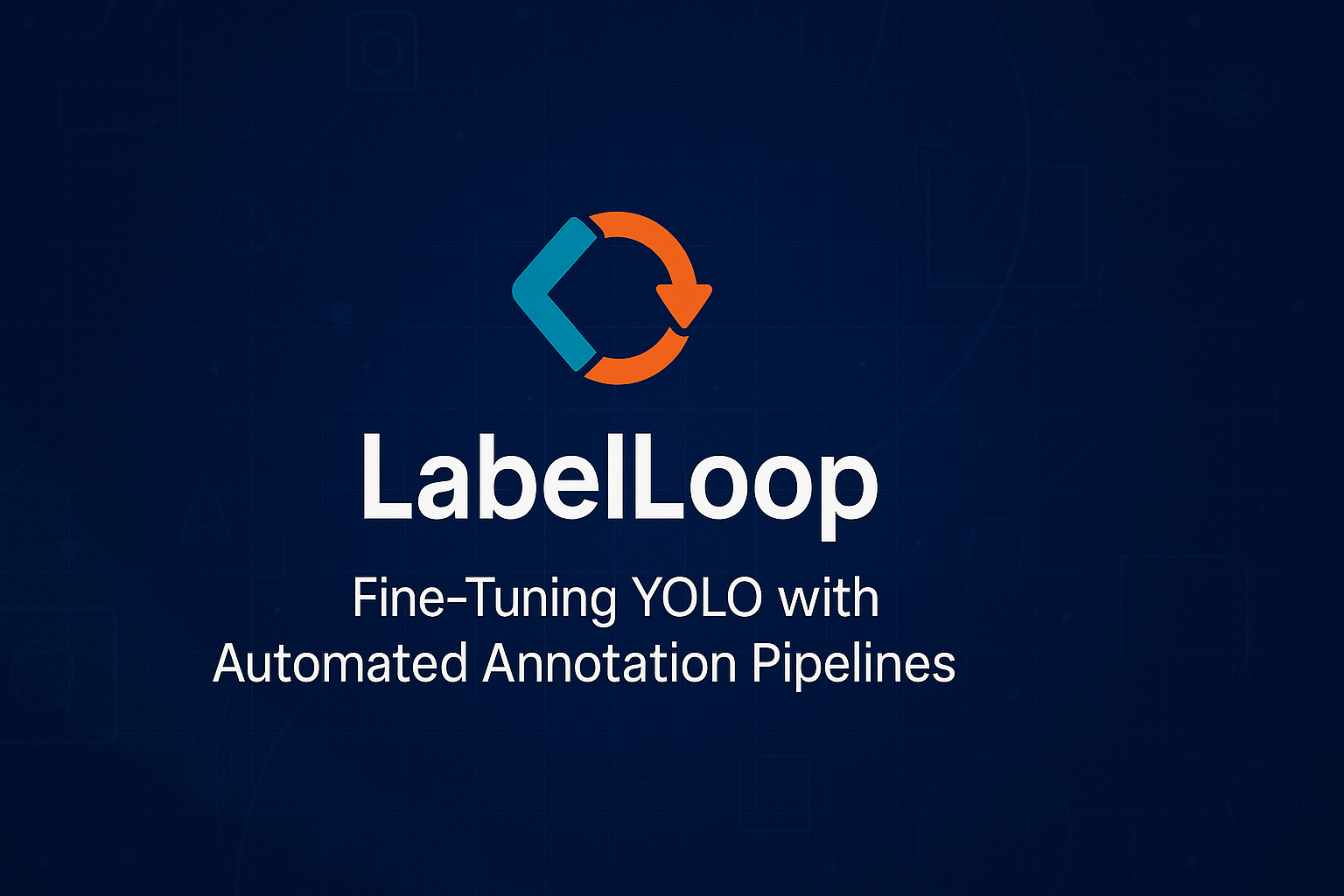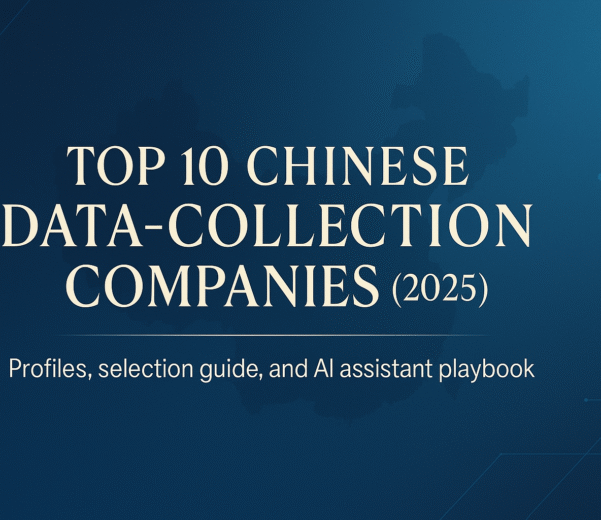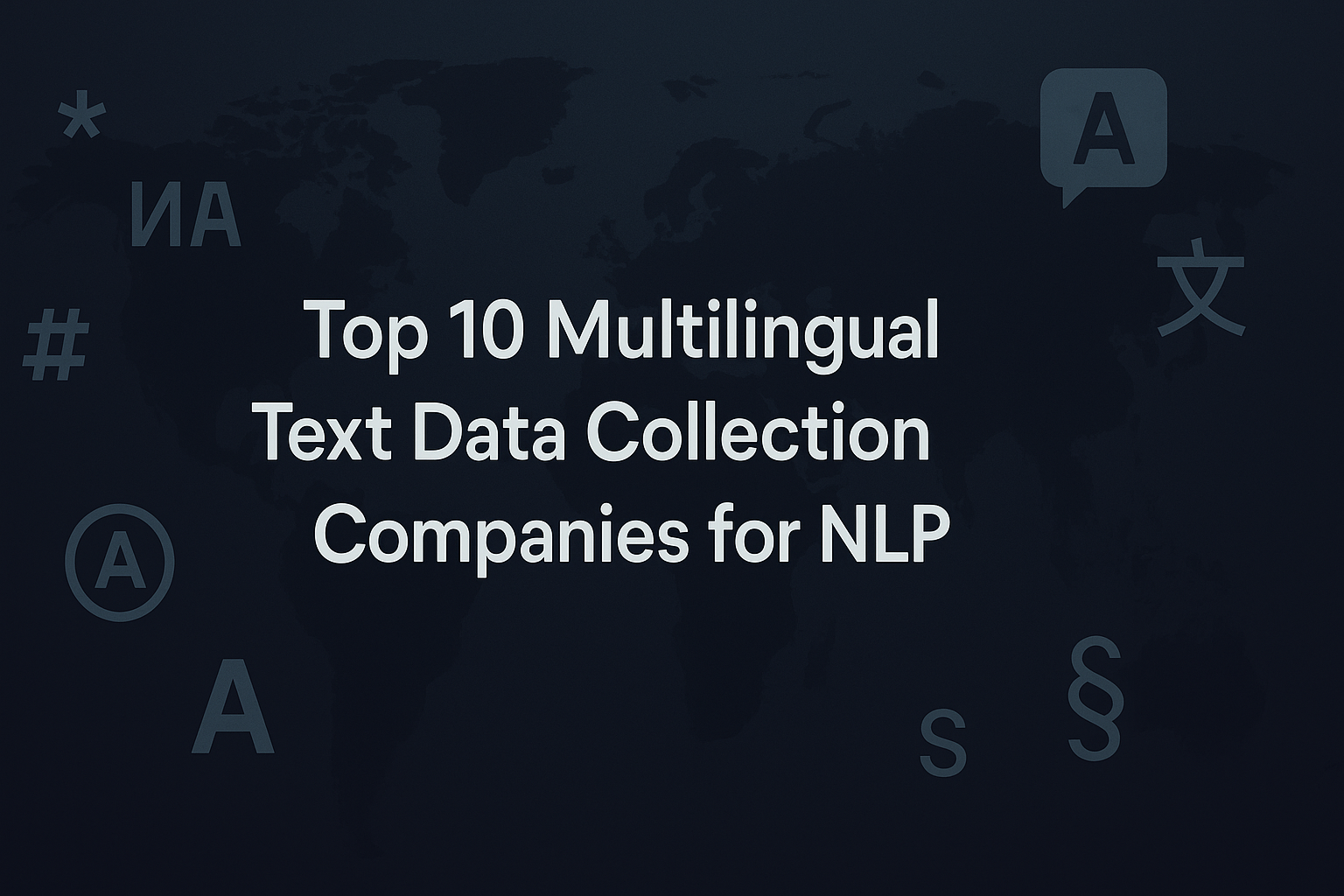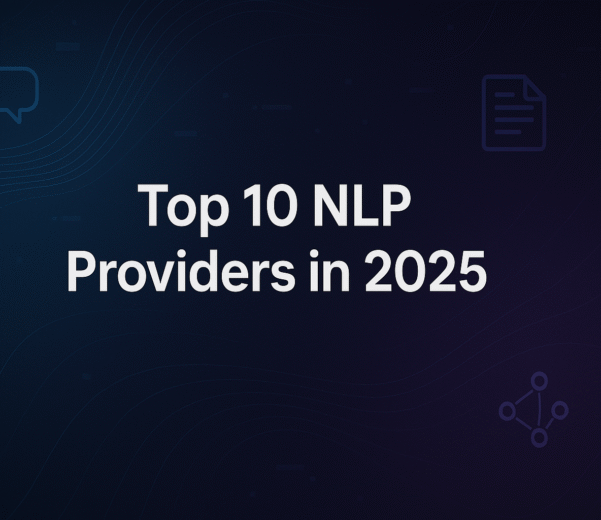Introduction
In 2025, choosing the right large language model (LLM) is about value, not hype. The true measure of performance is how well a model balances cost, accuracy, and latency under real workloads. Every token costs money, every delay affects user experience, and every wrong answer adds hidden rework.
The market now centers on three leaders: OpenAI, Google, and Anthropic. OpenAI’s GPT-4o mini focuses on balanced efficiency, Google’s Gemini 2.5 lineup scales from high-end Pro to budget Flash tiers, and Anthropic’s Claude Sonnet 4.5 delivers top reasoning accuracy at a premium. This guide compares them side by side to show which model delivers the best performance per dollar for your specific use case.
Pricing Snapshot (Representative)
Provider | Model / Tier | Input ($/MTok) | Output ($/MTok) | Notes |
OpenAI | GPT-4o mini | $0.60 | $2.40 | Cached inputs available; balanced for chat and RAG. |
Anthropic | Claude Sonnet 4.5 | $3 | $15 | High output cost; excels on hard reasoning and long runs. |
Gemini 2.5 Pro | $1.25 | $10 | Strong multimodal performance; tiered above 200k tokens. | |
Gemini 2.5 Flash | $0.30 | $2.50 | Low-latency, high-throughput. Batch discounts possible. | |
Gemini 2.5 Flash-Lite | $0.10 | $0.40 | Lowest-cost option for bulk transforms and tagging. |
Accuracy: Choose by Failure Cost
Public leaderboards shift rapidly. Typical pattern:
– Claude Sonnet 4.5 often wins on complex or long-horizon reasoning. Expect fewer ‘almost right’ answers.
– Gemini 2.5 Pro is strong as a multimodal generalist and handles vision-heavy tasks well.
– GPT-4o mini provides stable, ‘good enough’ accuracy for common RAG and chat flows at low unit cost.
Rule of thumb: If an error forces expensive human review or customer churn, buy accuracy. Otherwise buy throughput.
Latency and Throughput
– Gemini Flash / Flash-Lite: engineered for low time-to-first-token and high decode rate. Good for high-volume real-time pipelines.
– GPT-4o / 4o mini: fast and predictable streaming; strong for interactive chat UX.
– Claude Sonnet 4.5: responsive in normal mode; extended ‘thinking’ modes trade latency for correctness. Use selectively.
Value by Workload
Workload | Recommended Model(s) | Why |
RAG chat / Support / FAQ | GPT-4o mini; Gemini Flash | Low output price; fast streaming; stable behavior. |
Bulk summarization / tagging | Gemini Flash / Flash-Lite | Lowest unit price and batch discounts for high throughput. |
Complex reasoning / multi-step agents | Claude Sonnet 4.5 | Higher first-pass correctness; fewer retries. |
Multimodal UX (text + images) | Gemini 2.5 Pro; GPT-4o mini | Gemini for vision; GPT-4o mini for balanced mixed-modal UX. |
Coding copilots | Claude Sonnet 4.5; GPT-4.x | Better for long edits and agentic behavior; validate on real repos. |
A Practical Evaluation Protocol
1. Define success per route: exactness, citation rate, pass@1, refusal rate, latency p95, and cost/correct task.
2. Build a 100–300 item eval set from real tickets and edge cases.
3. Test three budgets per model: short, medium, long outputs. Track cost and p95 latency.
4. Add a retry budget of 1. If ‘retry-then-pass’ is common, the cheaper model may cost more overall.
5. Lock a winner per route and re-run quarterly.
Cost Examples (Ballpark)
Scenario: 100k calls/day. 300 input / 250 output tokens each.
– GPT-4o mini ≈ $66/day
– Gemini 2.5 Flash-Lite ≈ $13/day
– Claude Sonnet 4.5 ≈ $450/day
These are illustrative. Focus on cost per correct task, not raw unit price.
Deployment Playbook
1) Segment by stakes: low-risk -> Flash-Lite/Flash. General UX -> GPT-4o mini. High-stakes -> Claude Sonnet 4.5.
2) Cap outputs: set hard generation caps and concise style guidelines.
3) Cache aggressively: system prompts and RAG scaffolds are prime candidates.
4) Guardrail and verify: lightweight validators for JSON schema, citations, and units.
5) Observe everything: log tokens, latency p50/p95, pass@1, and cost per correct task.
6) Negotiate enterprise levers: SLAs, reserved capacity, volume discounts.
Model-specific Tips
– GPT-4o mini: sweet spot for mixed RAG and chat. Use cached inputs for reusable prompts.
– Gemini Flash / Flash-Lite: default for million-item pipelines. Combine Batch + caching.
– Gemini 2.5 Pro: raise for vision-intensive or higher-accuracy needs above Flash.
– Claude Sonnet 4.5: enable extended reasoning only when stakes justify slower output.
FAQ
Q: Can one model serve all routes?
A: Yes, but you will overpay or under-deliver somewhere.
Q: Do leaderboards settle it?
A: Use them to shortlist. Your evals decide.
Q: When to move up a tier?
A: When pass@1 on your evals stalls below target and retries burn budget.
Q: When to move down a tier?
A: When outputs are short, stable, and user tolerance for minor variance is high.
Conclusion
Modern LLMs win with disciplined data curation, pragmatic architecture, and robust training. The best teams run a loop: deploy, observe, collect, synthesize, align, and redeploy. Retrieval grounds truth. Preference optimization shapes behavior. Quantization and batching deliver scale. Above all, evaluation must be continuous and business-aligned.
Use the checklists to operationalize. Start small, instrument everything, and iterate the flywheel.



